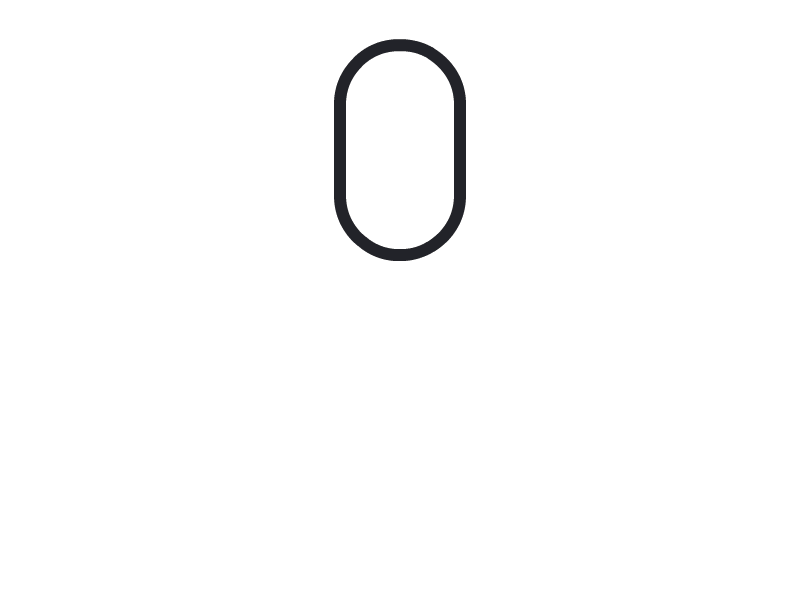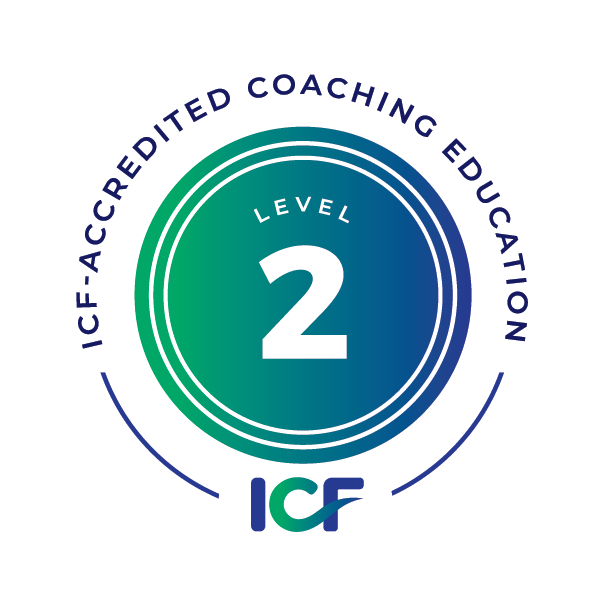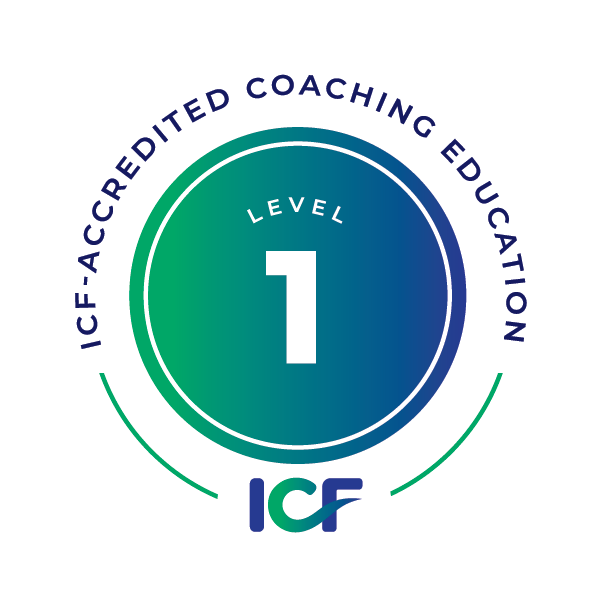If you are a coach with an ICF PCC or MCC Credential, or you are in the process of becoming one, you most probably know by now that you can’t “DO the coach,” you have to “BE the coach.” Each coaching client is a unique individual who requires the coach to have a state of being that is attentive and present enough to be able to navigate the client’s universe of individuality and uniqueness. This state of being is what we call coaching presence.
Coaching presence means putting what the client is communicating—verbally and nonverbally—into the focal point of attention. It is the core of every other coaching skill. A coach wouldn’t be able to listen profoundly to what clients are communicating without presence. A coach wouldn’t be able to partner with clients, nor to ask powerful, open questions without presence. It is safe to say that without deep listening, partnering and open questioning, the coaching conversation will transform into something other than coaching.
Once the coach starts recognising how significant presence is, a persistent question arises: How can I have a robust coaching presence?
Intention Directs Attention
Your intention is the mental lens/choice that will direct the focal point of your attention. Based on your intention, your attention can be directed either to receive what the client is communicating or to accept what will validate your agenda.
For example, Bob is a new coach who initiates his coaching session with the following intention: “How can I help the client solve their situation?” Such intention forces Bob into selective attention that will mainly give space to what he may perceive as solutions to the situation.
Clara is a more experienced coach, who initiates her coaching session with the intention of “How can the client help themselves grow beyond their situation?” Such intention helps Clara generate unconditional attention, which will give the client the needed space to embrace their wisdom and grow beyond the situation.
To be able to genuinely have such intention, without forcing or faking it, coaches need to develop and deepen two qualities within themselves:
Trust: Starting my coaching career, I learned to trust myself first and, as I gained experience, I learned to trust myself and the coaching process. Only when my trust evolved to include the wisdom of my client, I started to experience amazing coaching sessions. Remind yourself that the client is the wisest person you know in their life and make them your teacher, not the other way around
Curiosity: I have learned that getting as curious as a monkey with my client is the best gift to give. Being curious to understand how my clients perceive their world make them feel as heroes who can change their stories. Each time you mix genuine curiosity with a deep trust in the wisdom of your client, you empower them to grow beyond their situation
Somatic Thinking Generate Limitless Attention
Somatic thinking is transforming the physical awareness of a coach into a valuable asset in coaching. I found this concept after many years of experience.
As you probably know by experience and available research, verbal language makes up only about 7 percent of what your client needs to communicate. The other 93 percent is expressed through physical patterns, somatic behaviour, energy shifts and emotions, a nonverbal wealth of information that the client is continuously sharing with you. To better understand how coaches process such massive amounts of data, let’s go back to our coaches, Bob and Clara.
Influenced by his intention, Bob’s cognitive flow would be something like this:
- Sensing: Selectively listening to words, the tone of voice and recognising some visual signals
- Thinking: Concerned with overwhelming thoughts, such as “Where is the solution in what I am hearing? I need to help my client. Am I doing a good job?”
- Feeling: Having feelings that confirm the solutions Bob thinks he heard as well as add to the pressure of perceived responsibility and self-doubt
With such flow, coaches will often end up overwhelmed, depleted and far from a PCC- coaching skills level.
Clara’s intention and physical awareness will instead transform her cognitive flow into a Somatic Thinking flow, one that aligns her sensations with her emotions to generate limitless attention towards her client.
- Sensing: Listening with her whole body to words, visual signals, the tone of voice, somatic patterns, energy shifts and more
- Feeling: Having emotions that resonate with what she is sensing from the client
- Thinking: Is curious about how the client will interpret what I am sensing and feeling from them
Sensing your client fully, feeling your emotions, and then sharing this information with your client as open questions and observations are the core of Somatic Thinking. If enhanced by the right intention, this process will allow you to have a robust presence, conduct effortless coaching sessions and boost your coaching skills to MCC level and beyond.
first published by Samer Hassan, on April 2018 on the International Coach Federation blog




